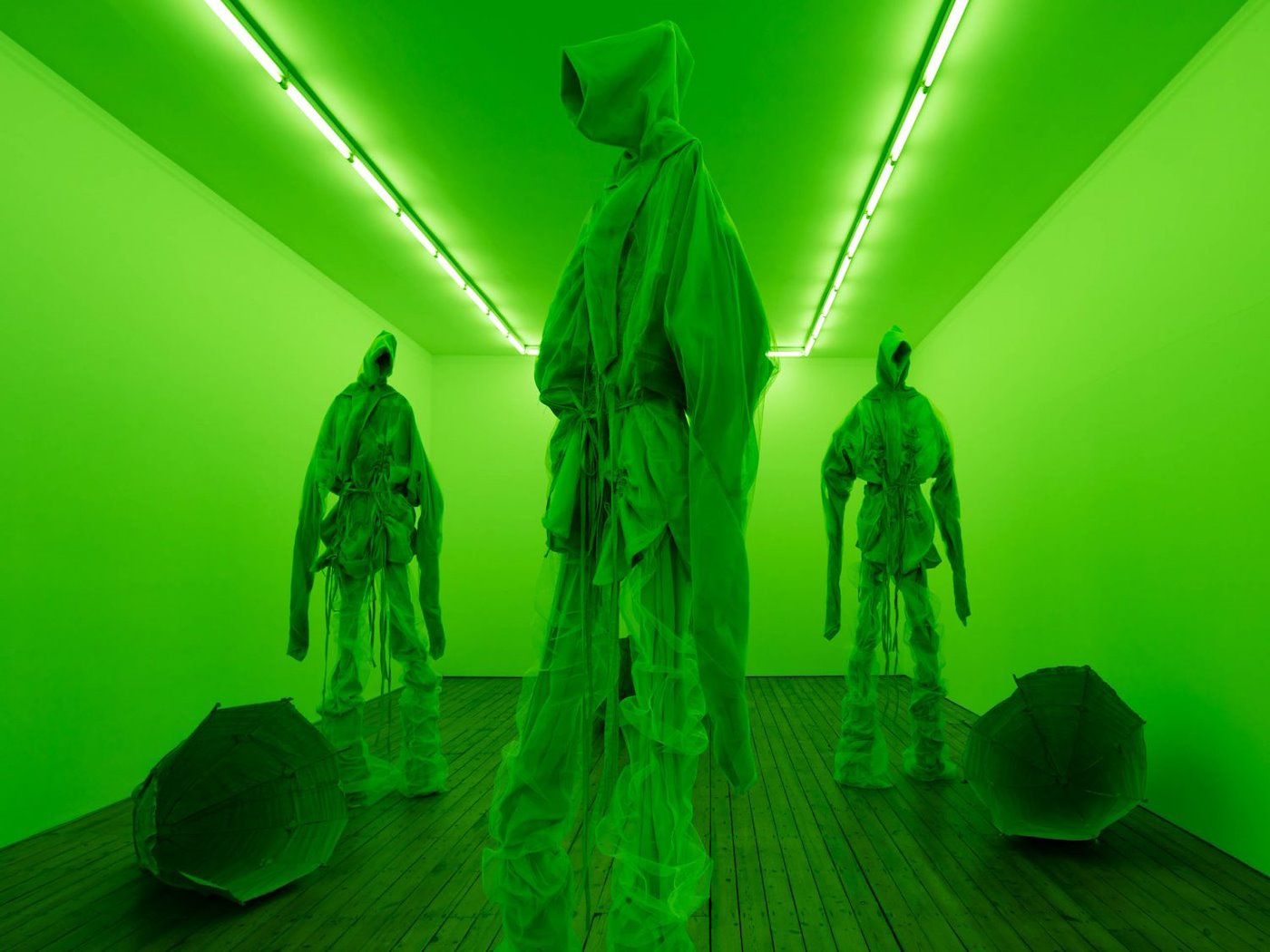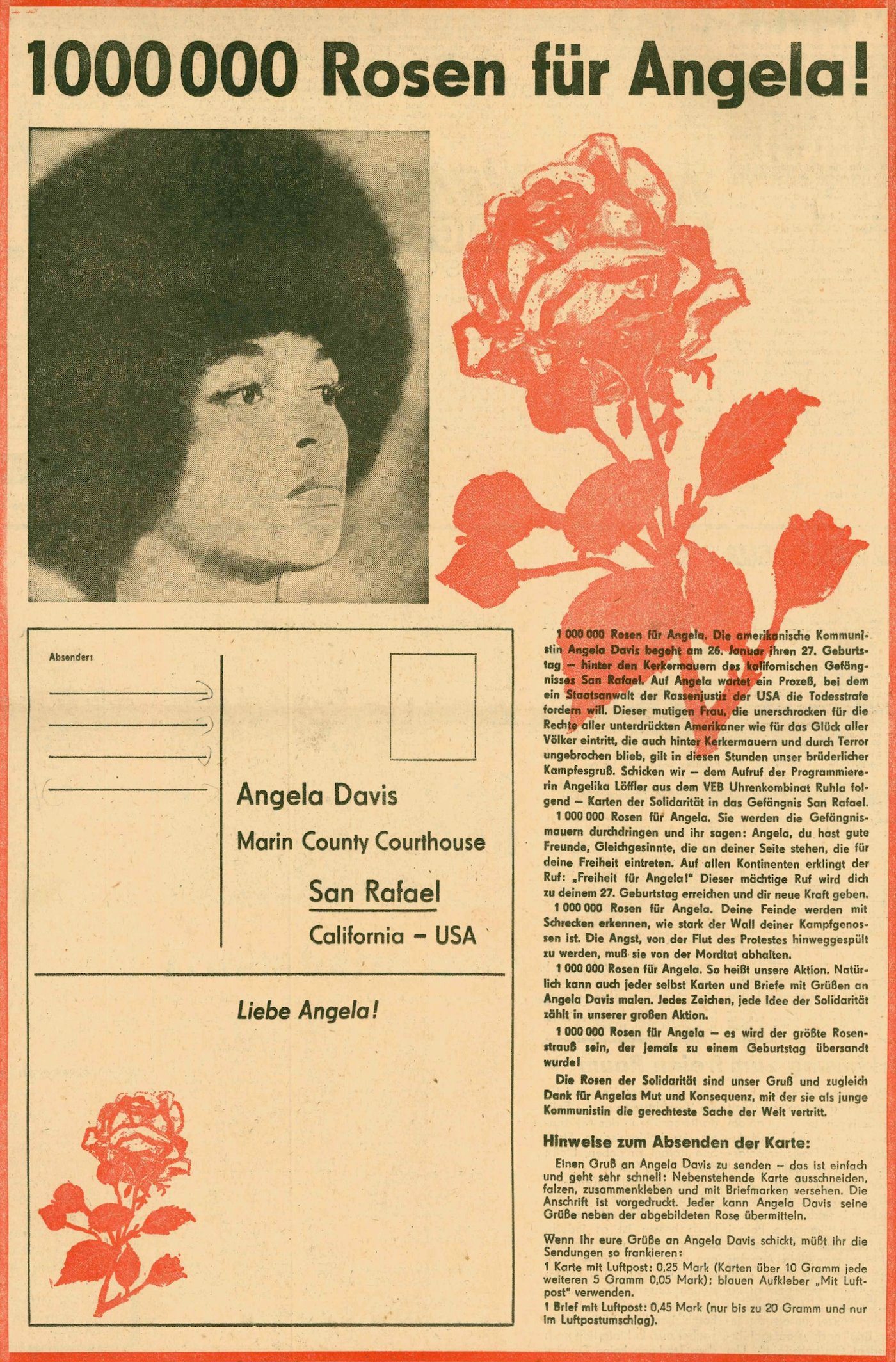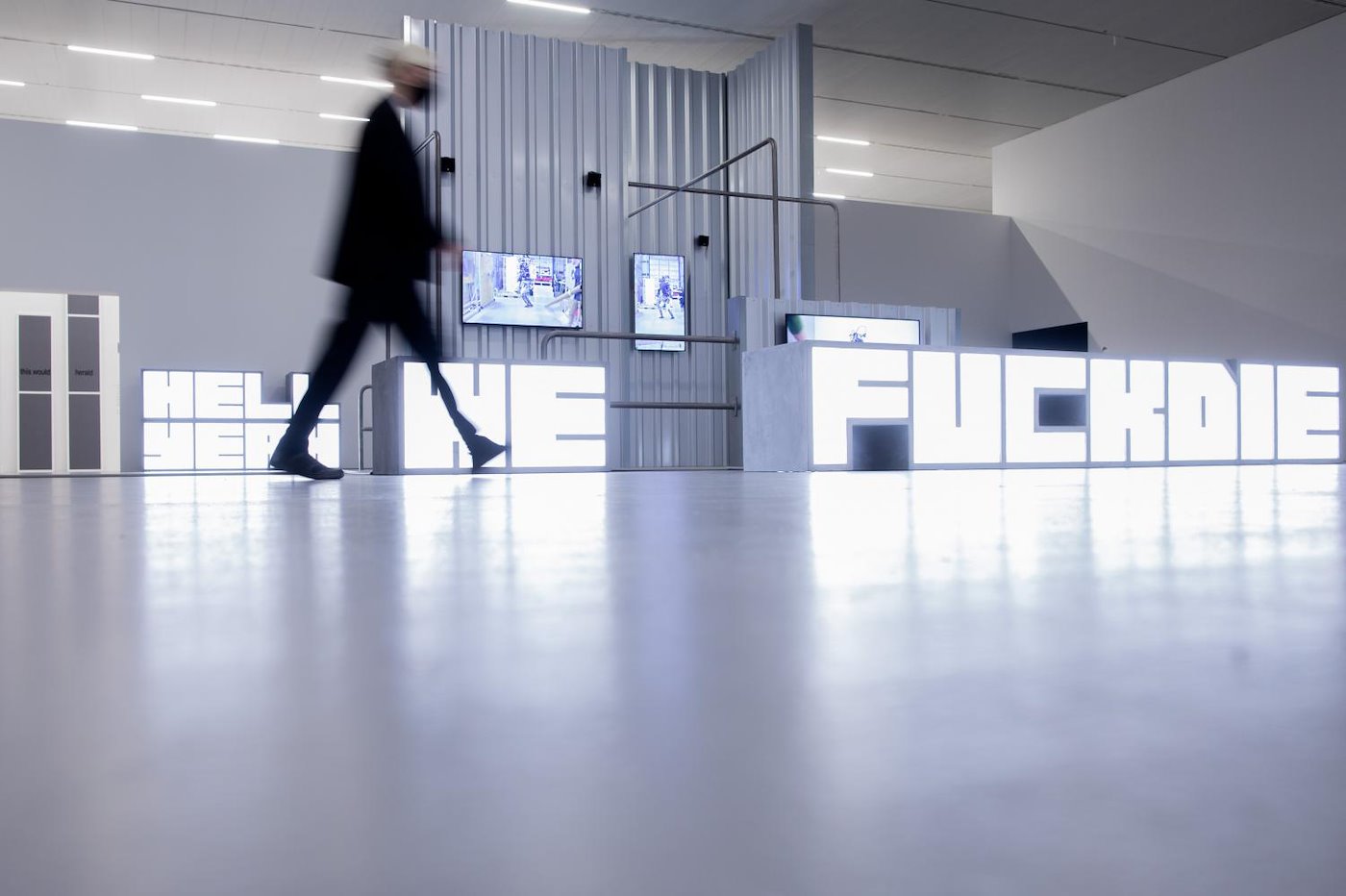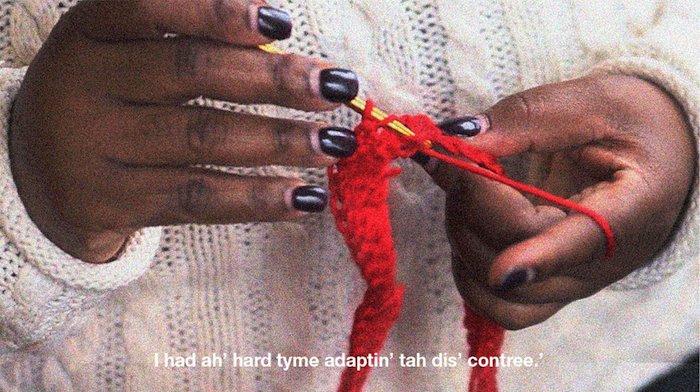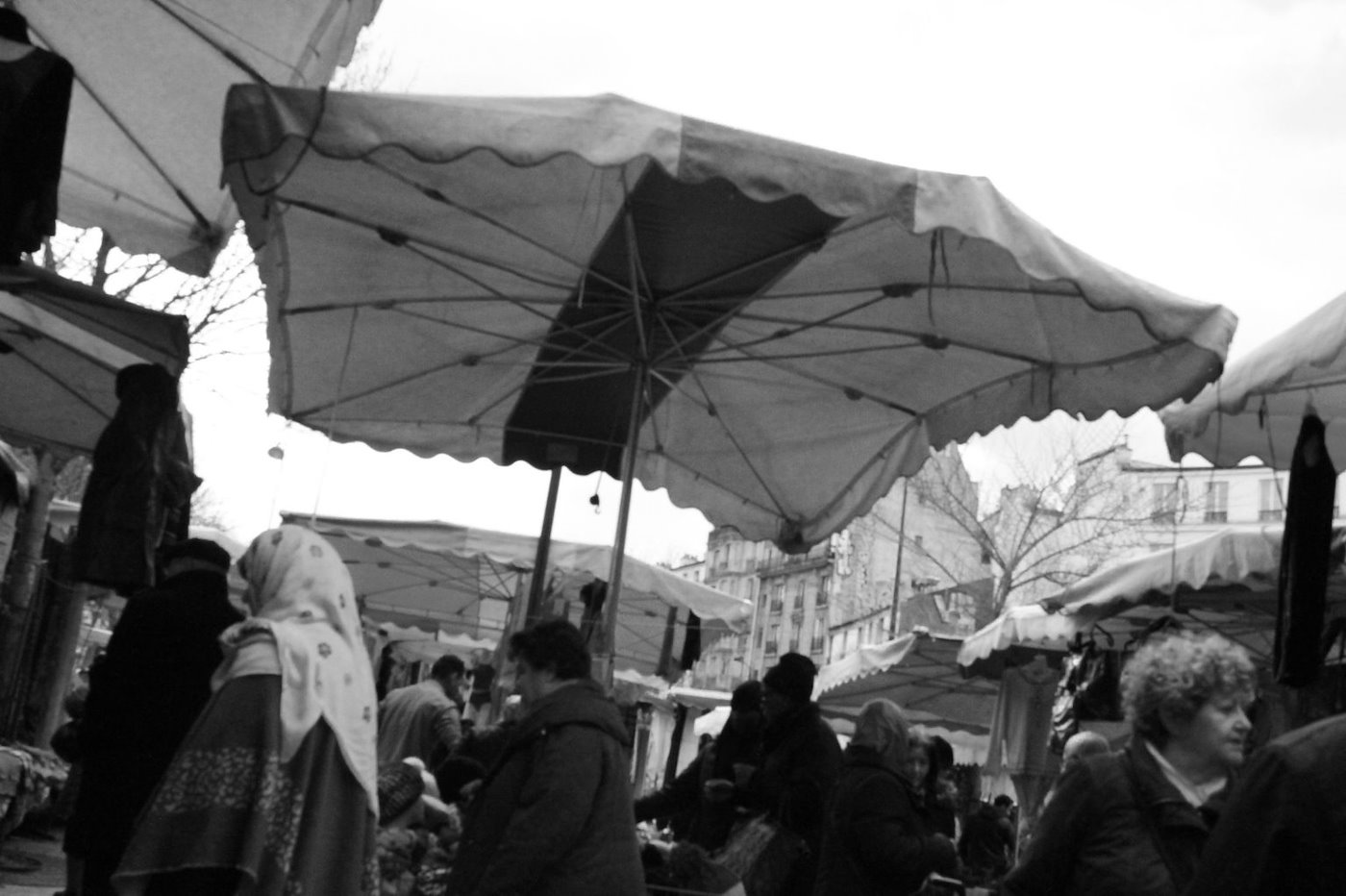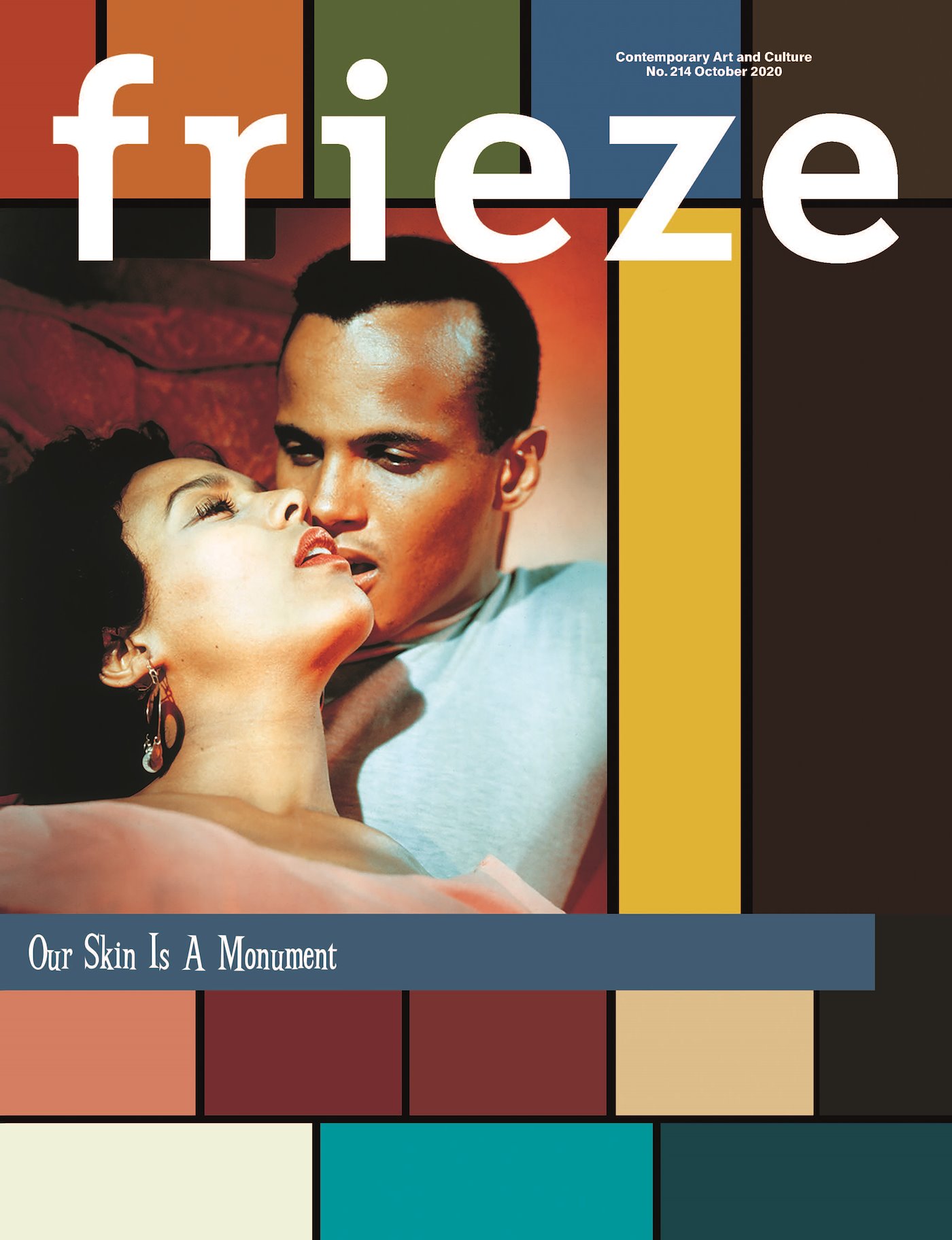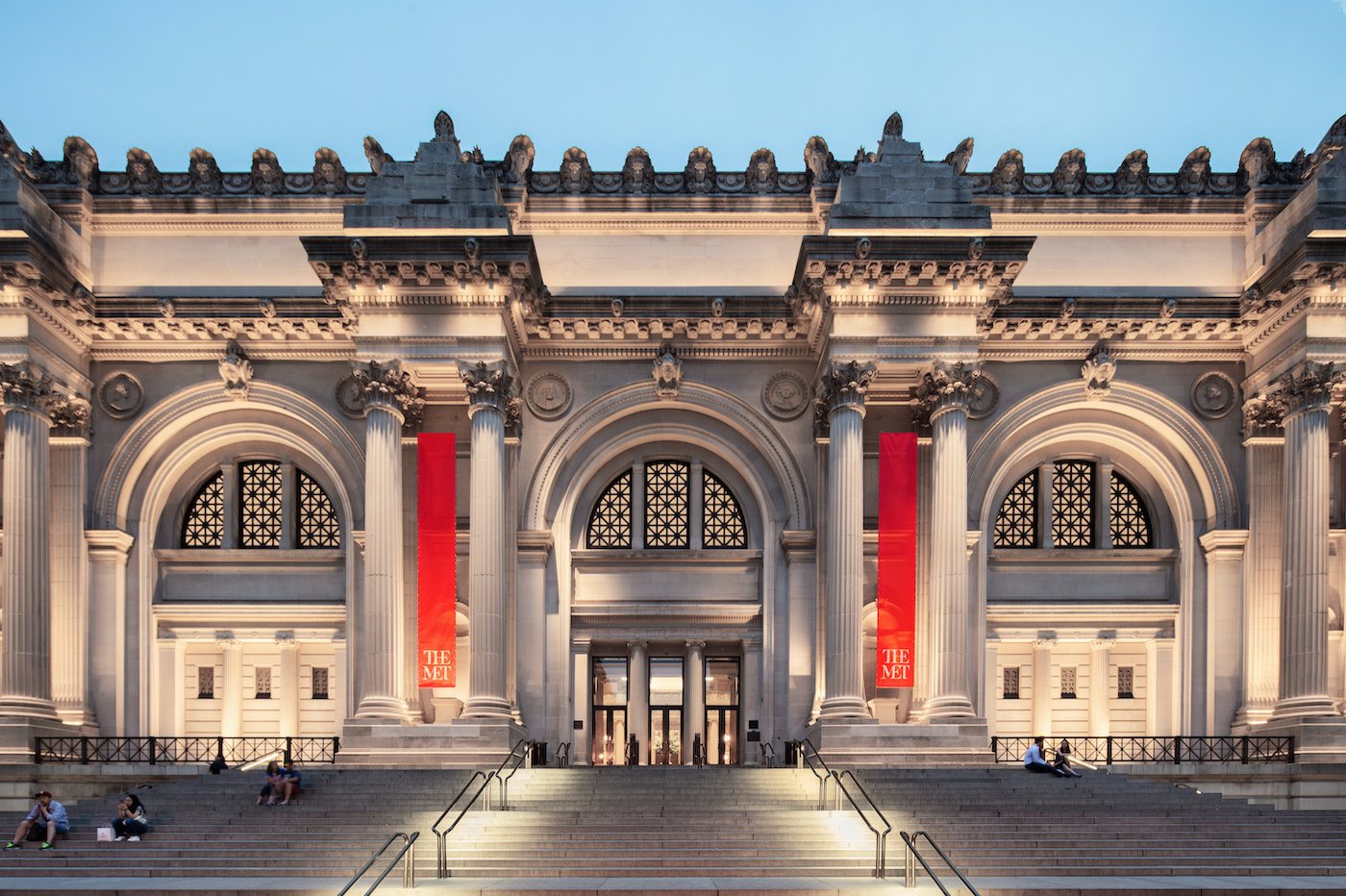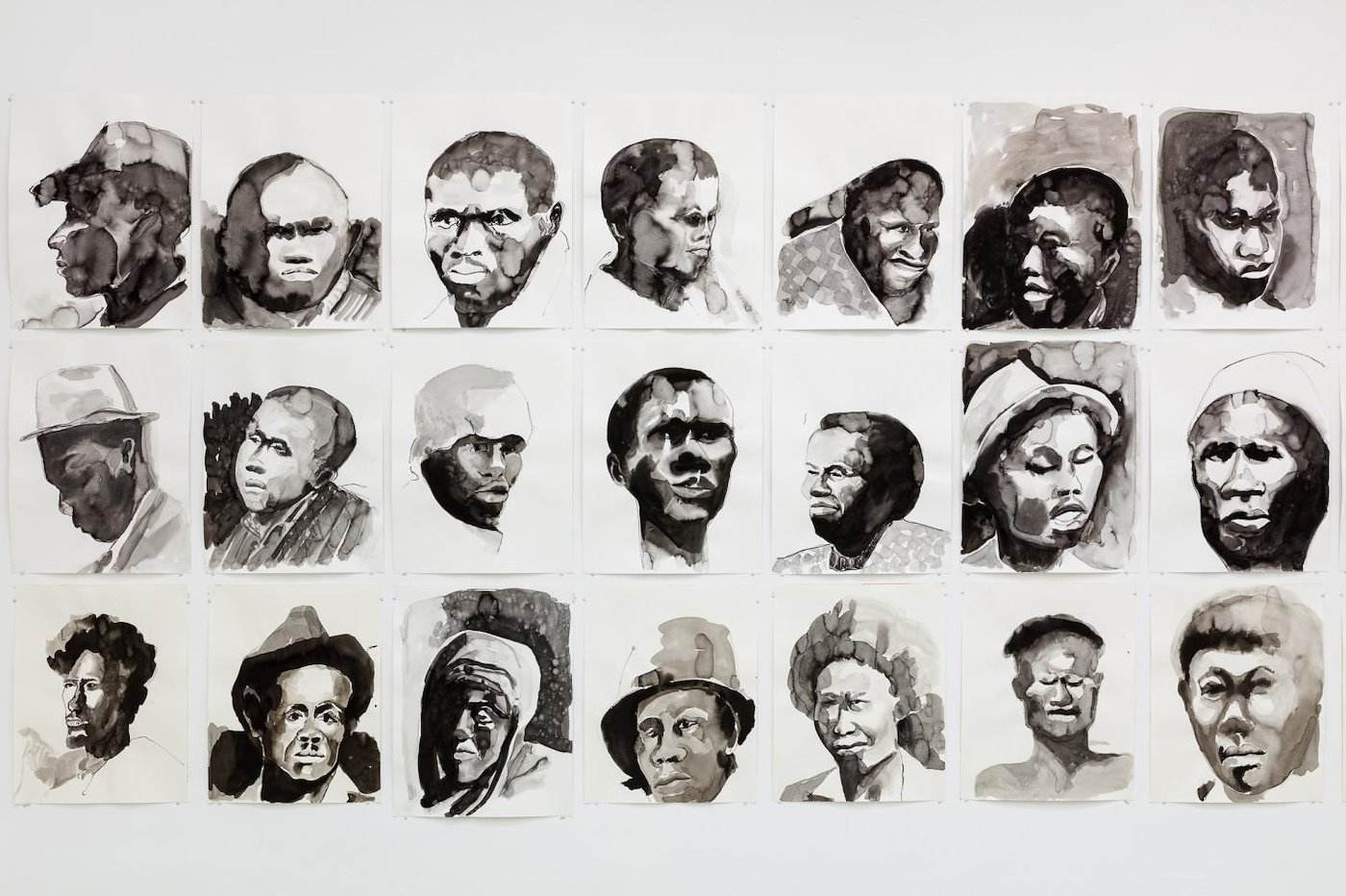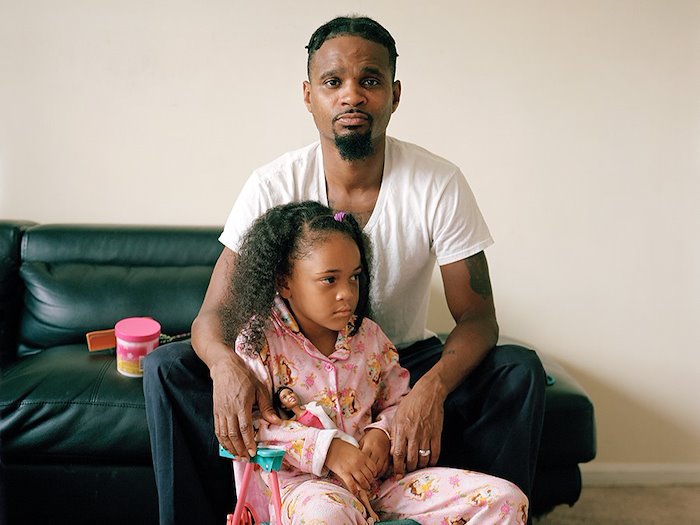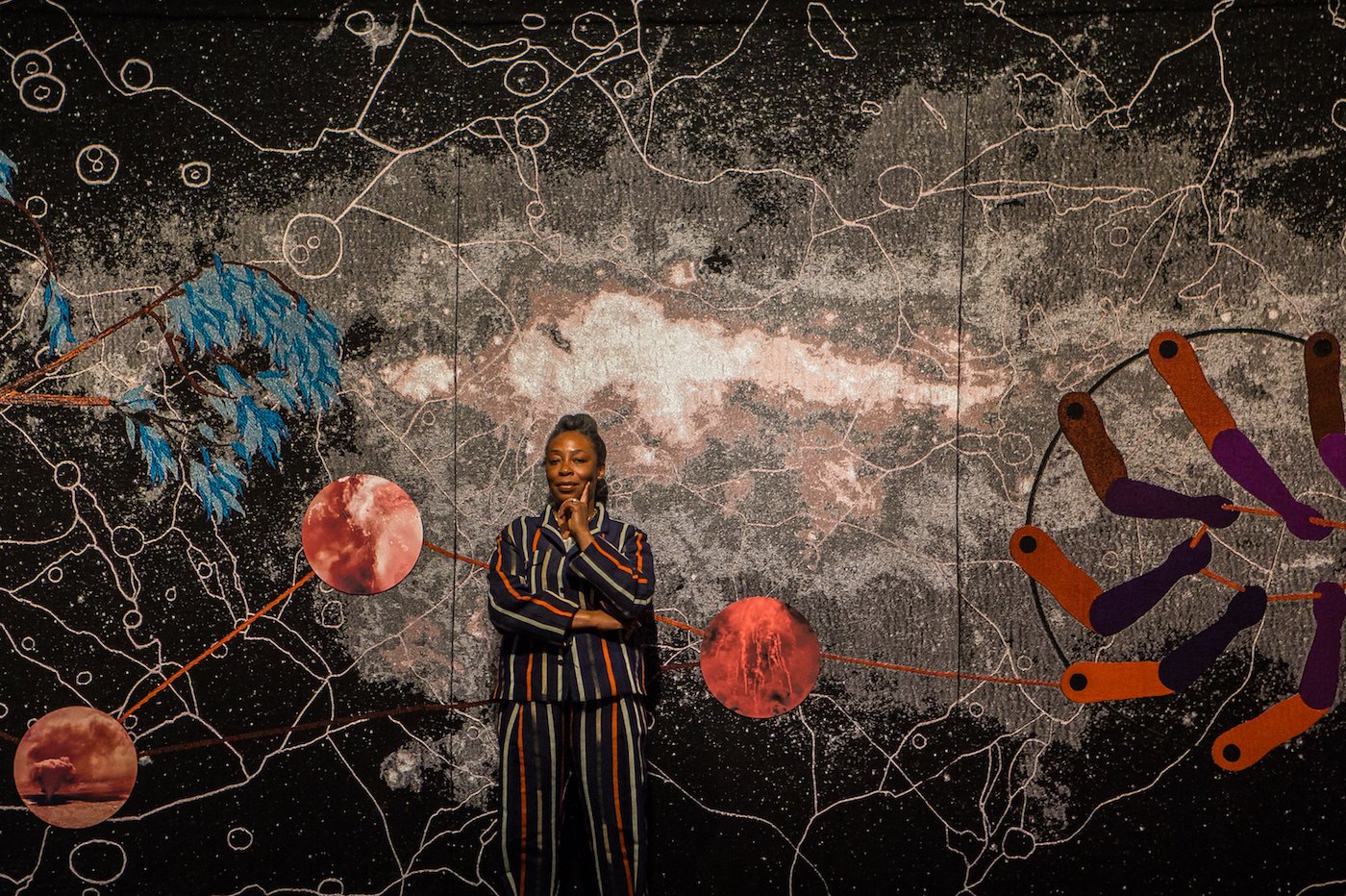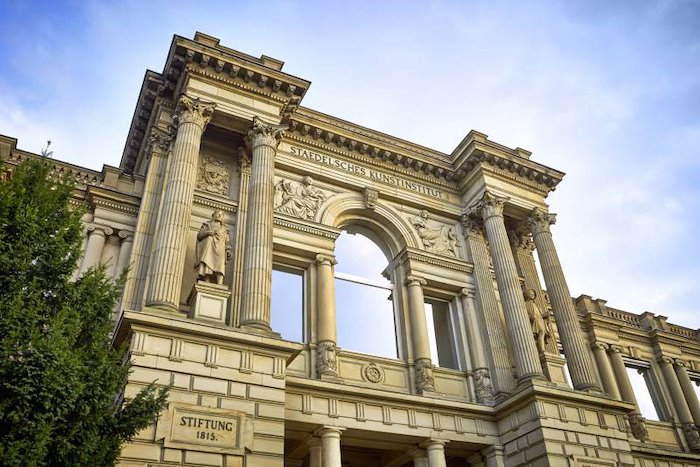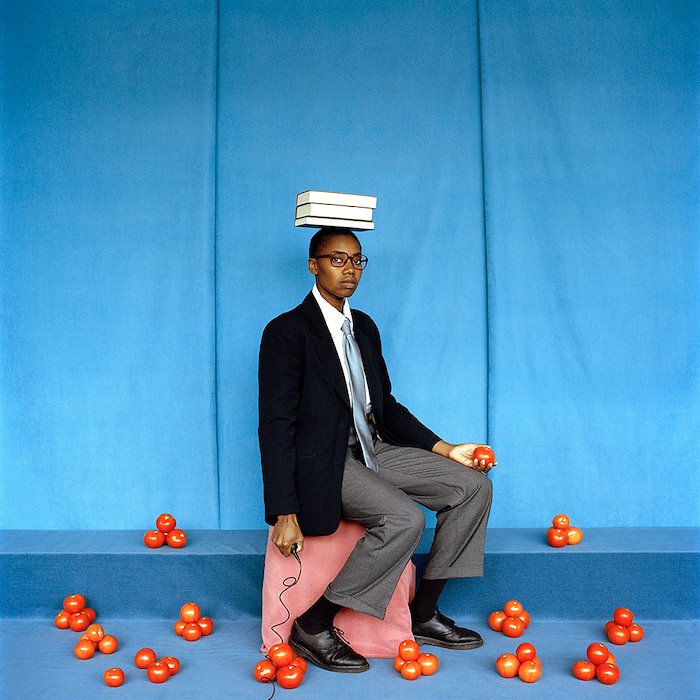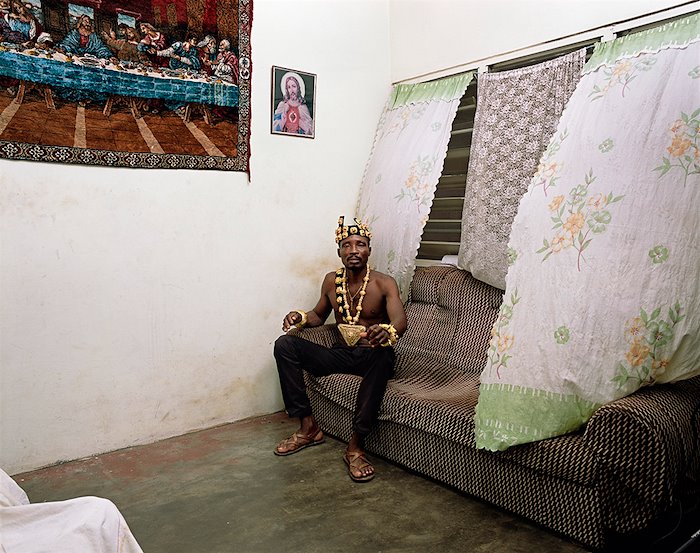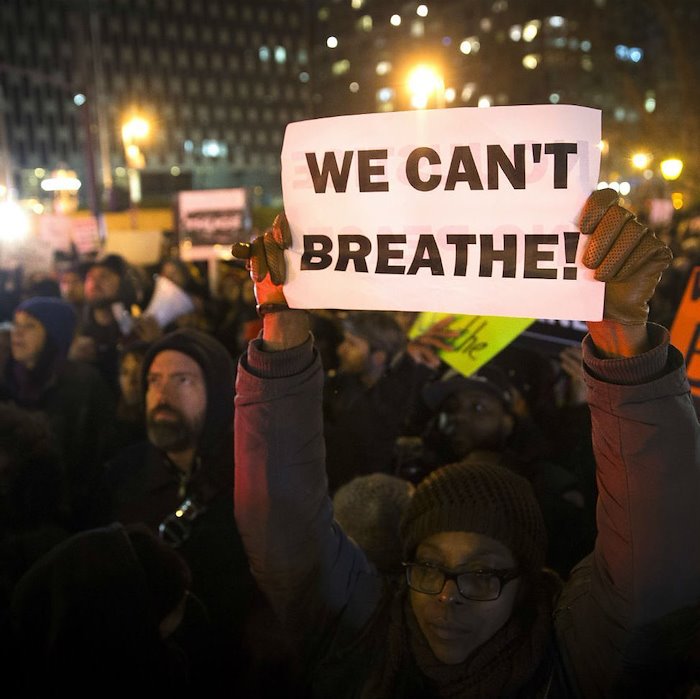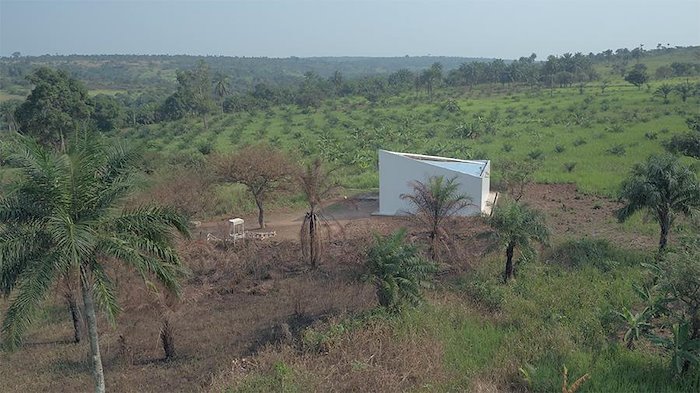
White Cube never clarifies why Martens believes it is progressive for landless labourers to have to raise money to buy back land that was stolen from them and, ultimately, perpetuates the very form of exploitation that the artist is criticizing. Founding the Lusanga post-plantation on a logic of ownership that reifies colonial theft within a supposedly forward-thinking art project is ‘anti-politics’, to use a term coined by American anthropologist James Ferguson. https://www.frieze.com/article/renzo-martenss-fraught-attempt-change-art-world Image: Screenshot "White Cube" 2020. © Institute for Human Activities & the Artist
